Interior design is the art of enhancing the interior of a space to create a harmonious and aesthetically pleasing environment. Whether you’re decorating a new home or looking to refresh your current space, these top tips for interior design will help you achieve a stylish and functional interior.
Plan and Define Your Style:
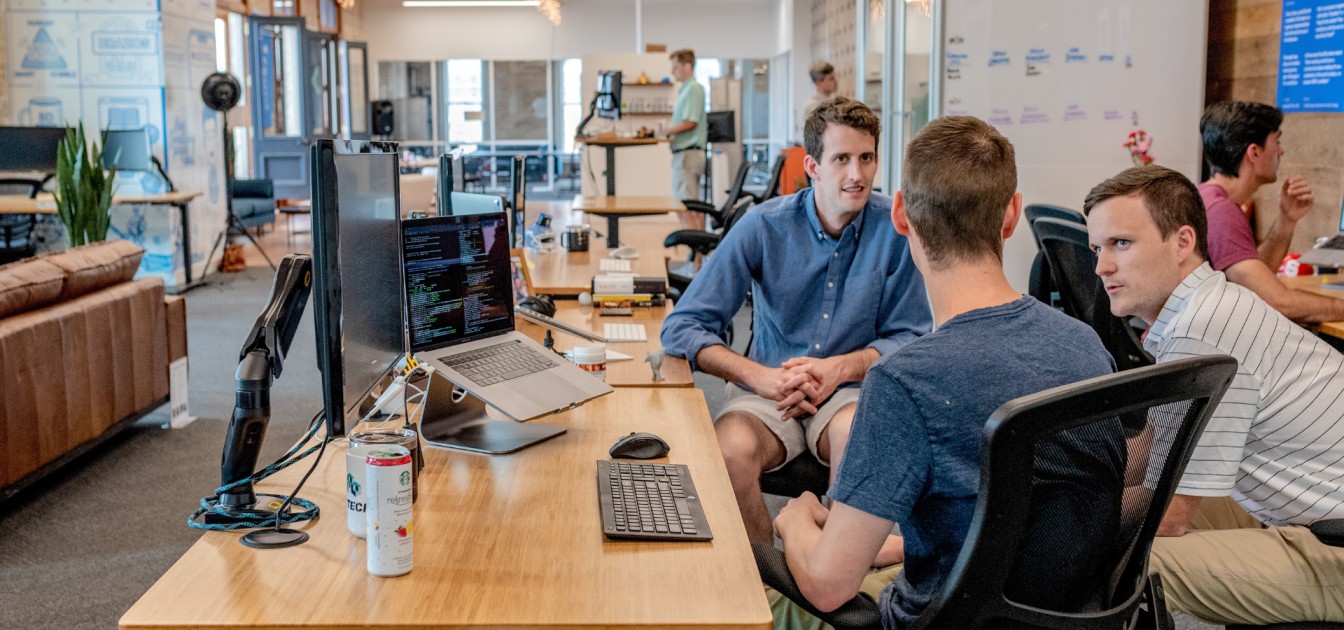
Before diving into the world of interior design, take the time to define your style. Do you prefer a modern, minimalistic look, a cozy and traditional ambiance, or a mix of various styles? Knowing your style will guide your design decisions.
Set a Budget:

Determine a realistic budget for your project. This will help you make choices that align with your financial constraints and prevent overspending. Allocate funds wisely for essential elements like furniture, lighting, and decor.
Space Planning:
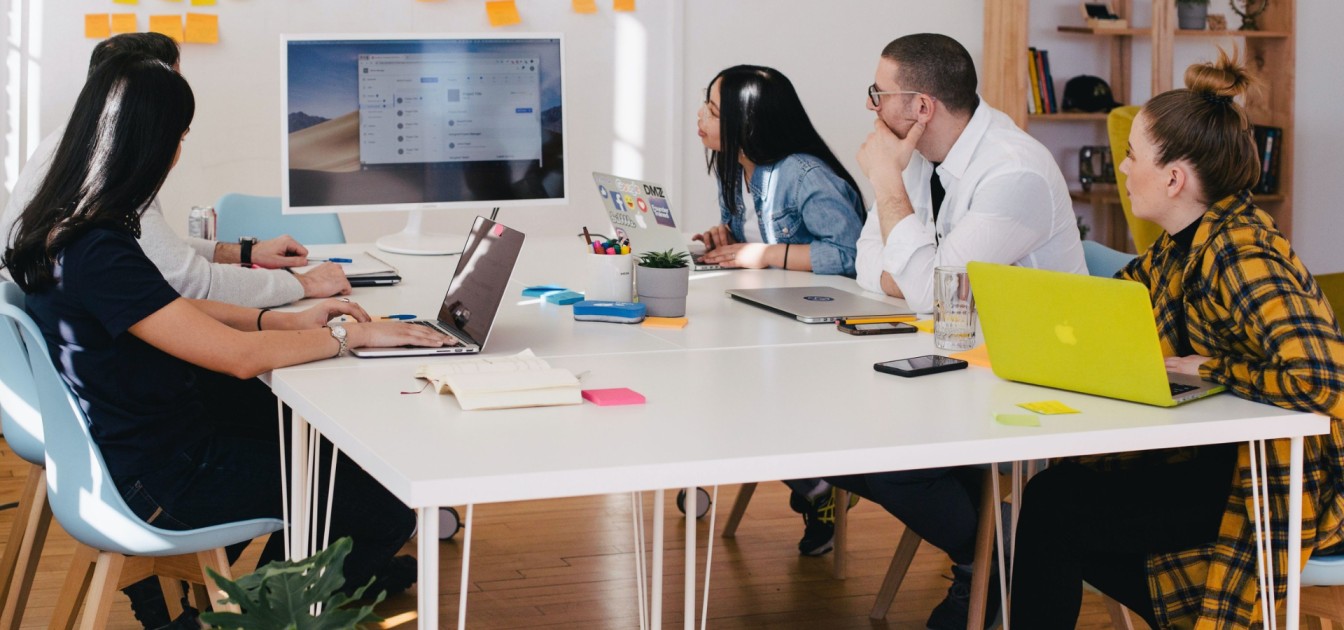
Efficient space planning is crucial. Consider the layout and flow of the room, ensuring that it caters to your daily needs. Arrange furniture to maximize functionality while maintaining a visually pleasing balance.
Color Scheme:
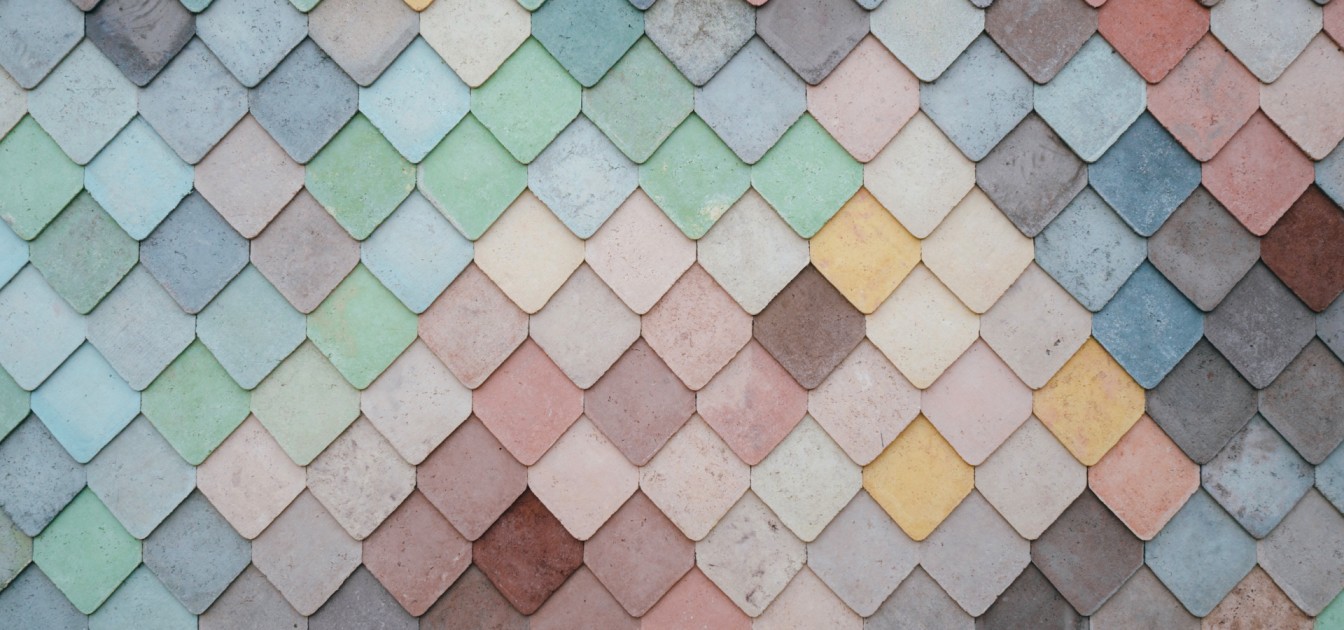
Choose a color scheme that complements your style and evokes the desired atmosphere. Lighter colors make a room feel more spacious, while darker shades add coziness. Experiment with color swatches before making a final decision.
Lighting:
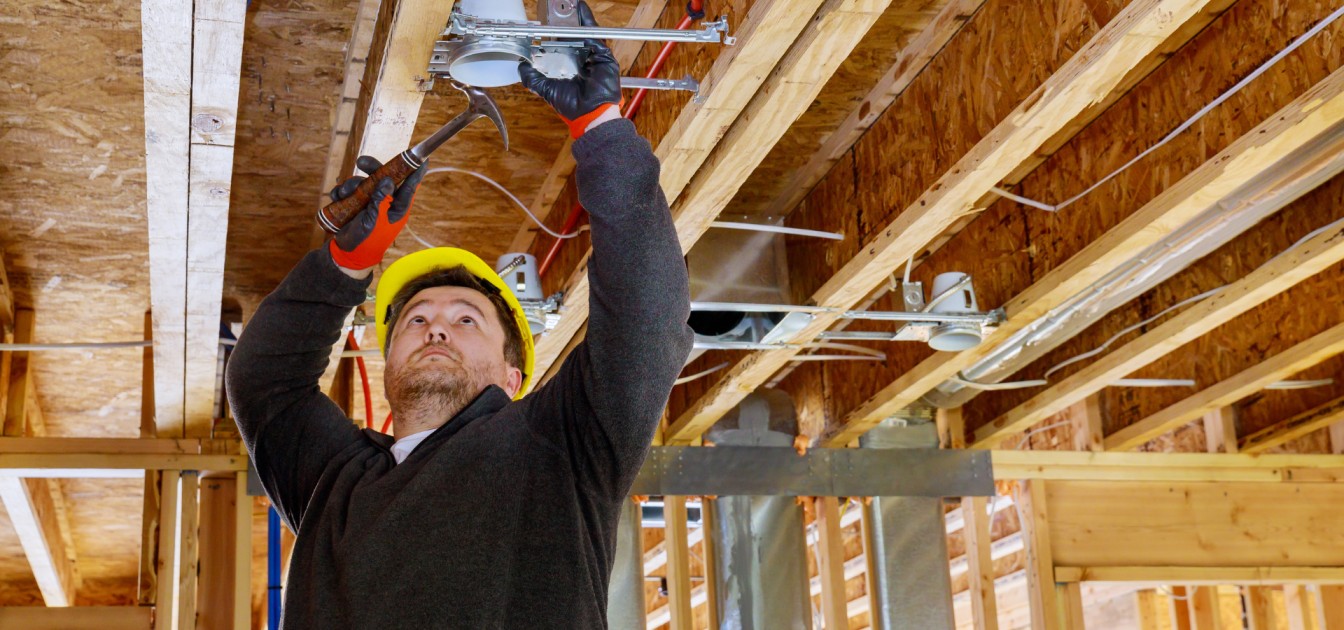
Good lighting can transform a space. Combine natural and artificial lighting to create a warm and inviting environment. Use a mix of ambient, task, and accent lighting to cater to different needs and moods.
Furniture Selection:
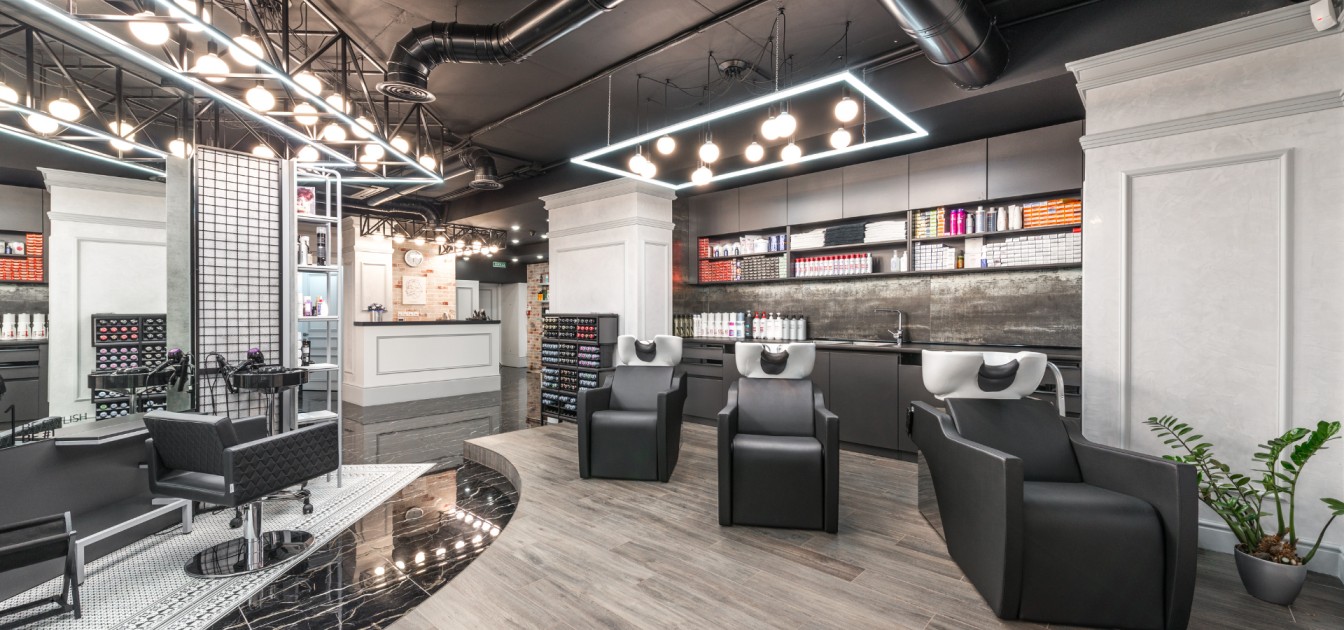
Select furniture that fits the room’s size and style. Invest in quality pieces that are comfortable and durable. Don’t overcrowd the space; leave room for circulation and add storage solutions to keep things organized.
Texture and Materials:
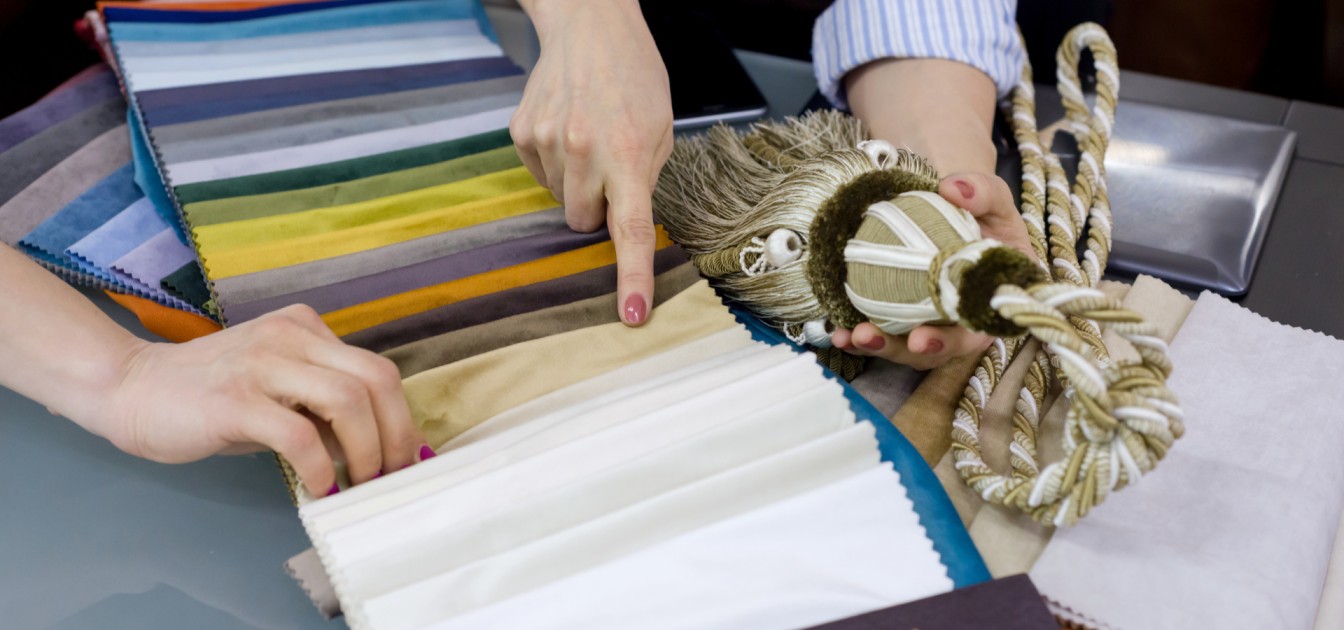
Incorporate various textures and materials to add depth and interest to your design. Mix and match textiles, wood, metal, and other elements to create a visually engaging space.
Wall Art and Decor:
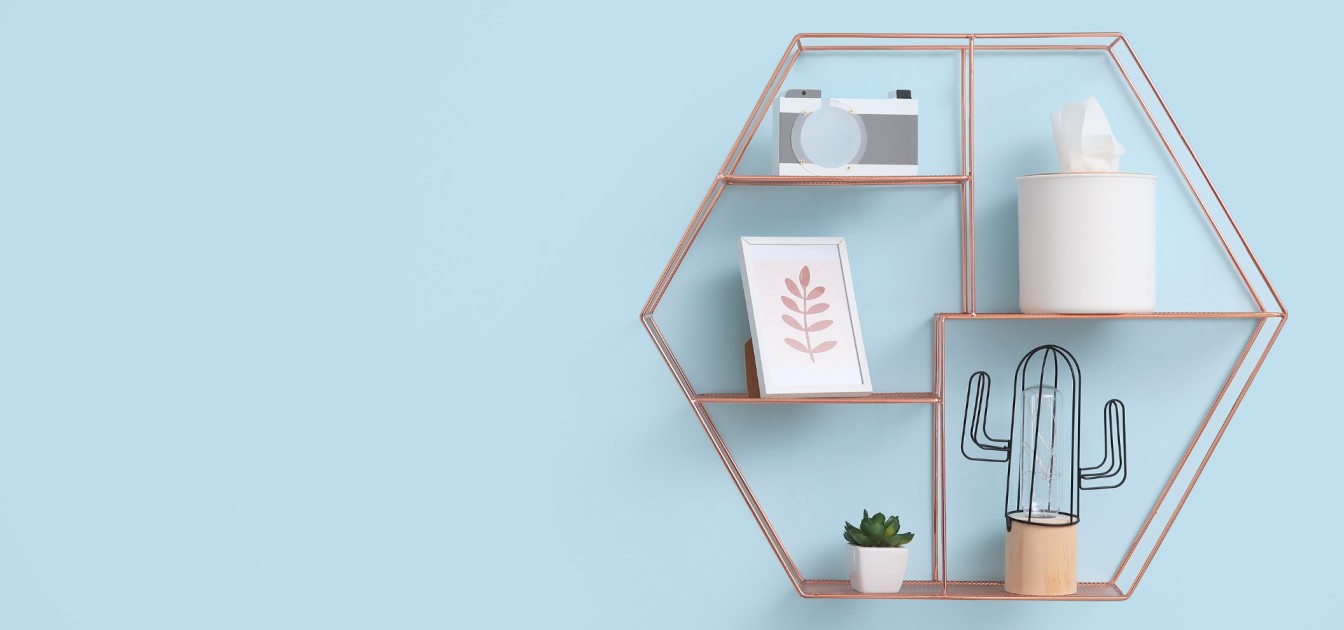
Artwork, mirrors, and decor play a significant role in personalizing your space. Choose pieces that reflect your personality and enhance the overall aesthetic. Don’t be afraid to get creative and experiment with different arrangements.
Balance and Symmetry:

Maintain balance and symmetry in your design. Evenly distribute visual weight throughout the room, whether it’s through furniture placement, decor, or color distribution.
Details Matter:

Pay attention to the finer details. This includes hardware, trim, and small accessories. These subtle elements can elevate your design and create a cohesive look.
Be Open to Change:
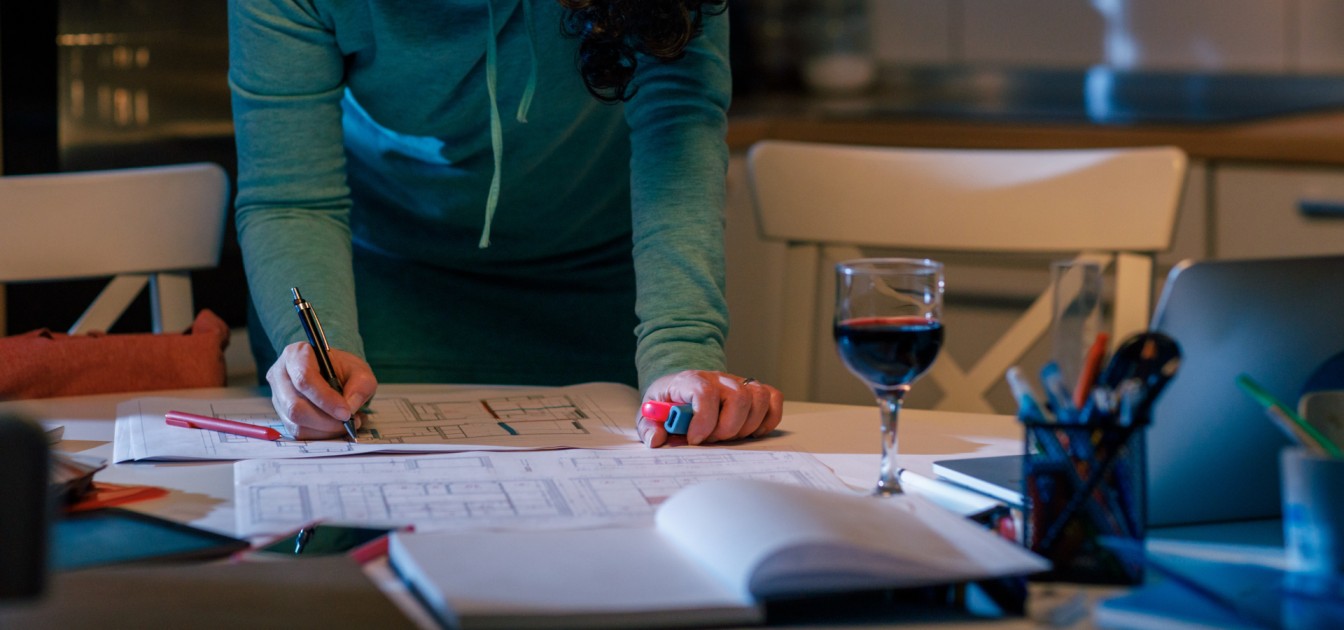
Interior design is an ongoing process. Don’t be afraid to tweak your design as your preferences evolve or new opportunities arise. Keep your space adaptable and open to change.
Personal Touch:
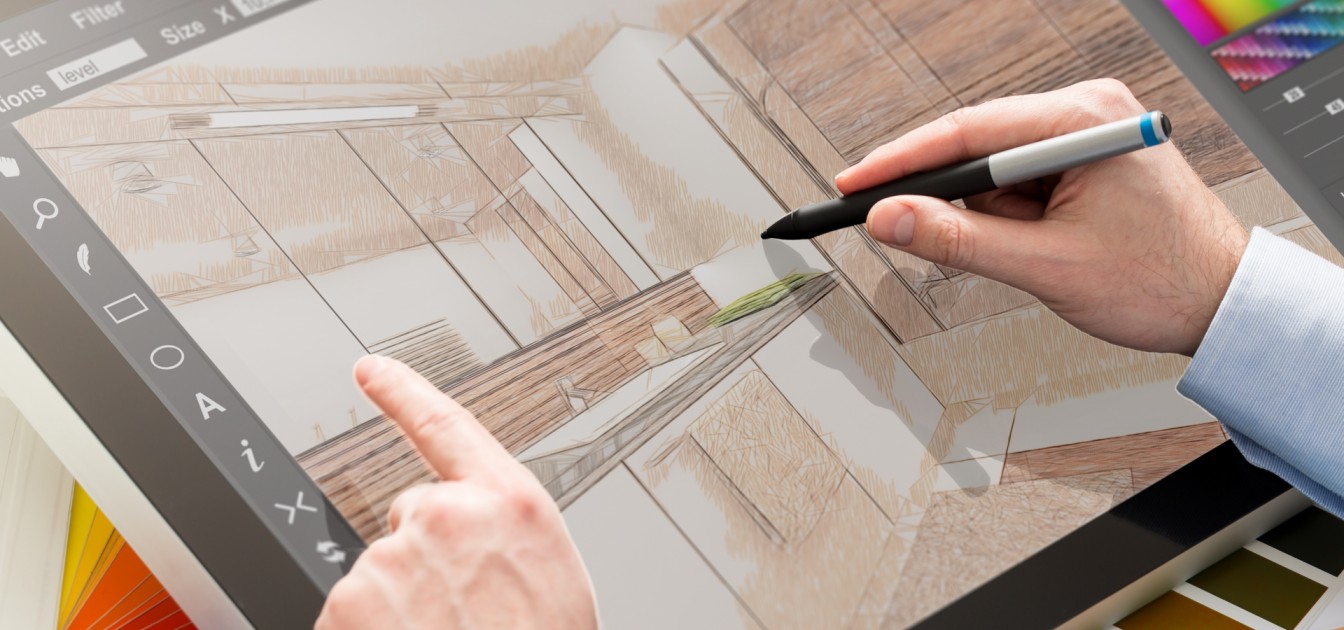
Finally, infuse your personality into the design. Your home should be a reflection of your taste and lifestyle. Incorporate personal mementos and items that hold sentimental value.
In conclusion, successful interior design involves careful planning, creativity, and a deep understanding of your own style and needs. By following these top tips, you can create a space that is not only visually appealing but also functional and reflective of your unique personality. Embrace the journey of interior design, and enjoy the transformation of your living spaces.
FAQ
What is interior design?
Interior design is the art and science of enhancing the interior of a space to make it more aesthetically pleasing, functional, and comfortable. It involves the arrangement of furniture, color selection, lighting, and the addition of decor to create a harmonious environment.
What’s the difference between interior design and interior decorating?
Interior design is a broader field that encompasses the entire process of creating an interior space, including layout, architectural details, and overall aesthetics. Interior decorating, on the other hand, primarily focuses on the selection and arrangement of furnishings, color, and decor.
How do I find my interior design style?
Finding your design style involves personal preference and can be influenced by your lifestyle. Start by exploring different design styles, such as modern, traditional, industrial, or eclectic, and identify what resonates with you. Magazines, online platforms, and Pinterest are great sources of inspiration.
What should I consider when planning a budget for interior design?
When setting a budget, consider the scope of your project, the cost of materials, labor, and any professional help you might need. Be sure to include a contingency fund for unexpected expenses.
What’s the importance of lighting in interior design?
Lighting is crucial in creating the right ambiance. It can affect the mood, functionality, and visual appeal of a space. Proper lighting can make a room feel cozy, spacious, or vibrant, depending on your goals.
How can I make a small room look larger through interior design?
To make a small room appear larger, use light colors, incorporate mirrors to reflect light, choose furniture with exposed legs to create an illusion of more floor space, and keep the room clutter-free and organized.
What are some eco-friendly interior design practices?
Sustainable design practices include using eco-friendly materials, energy-efficient appliances, and promoting good indoor air quality. Reusing, repurposing, and recycling furniture and decor items are also environmentally friendly.
How do I choose the right interior design professional for my project?
When hiring an interior designer or decorator, look for professionals with experience in your preferred style, check their portfolio, and ask for references. It’s essential to have open communication and a good working relationship with your chosen designer.
What is the role of color in interior design?
Color can set the mood of a room. Light colors can create a sense of spaciousness and airiness, while darker shades can add coziness and intimacy. The choice of colors should complement the overall design and your personal preferences.
Can I incorporate my personal style and budget into an interior design project?
Yes, it’s essential to infuse your personal style into your design to make it unique and comfortable. Additionally, careful budgeting and planning can help you make informed choices to create an appealing interior that aligns with your financial constraints.

